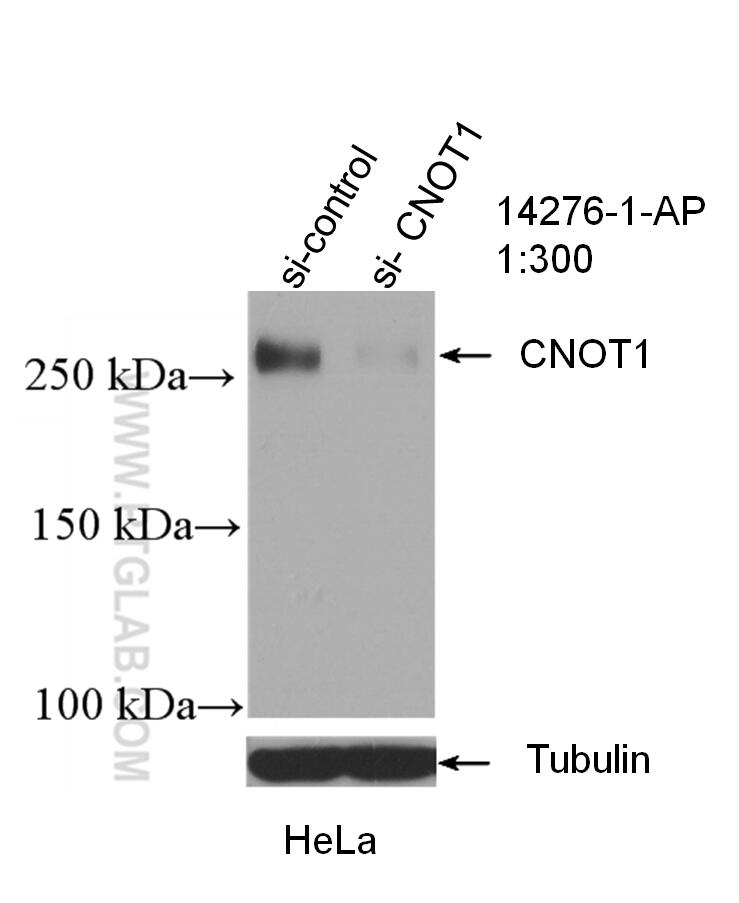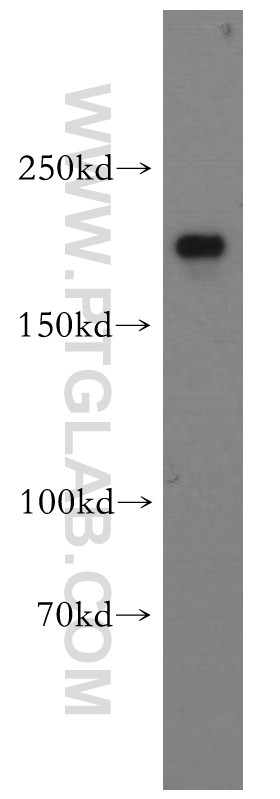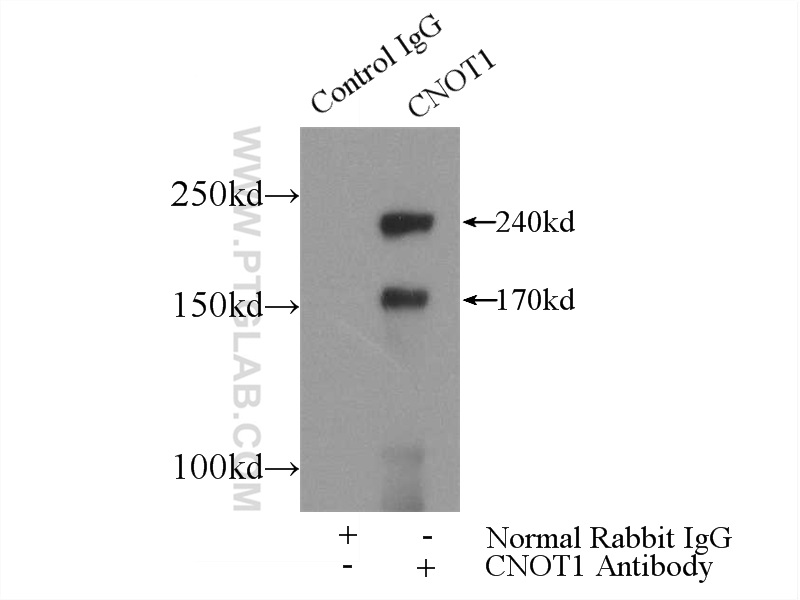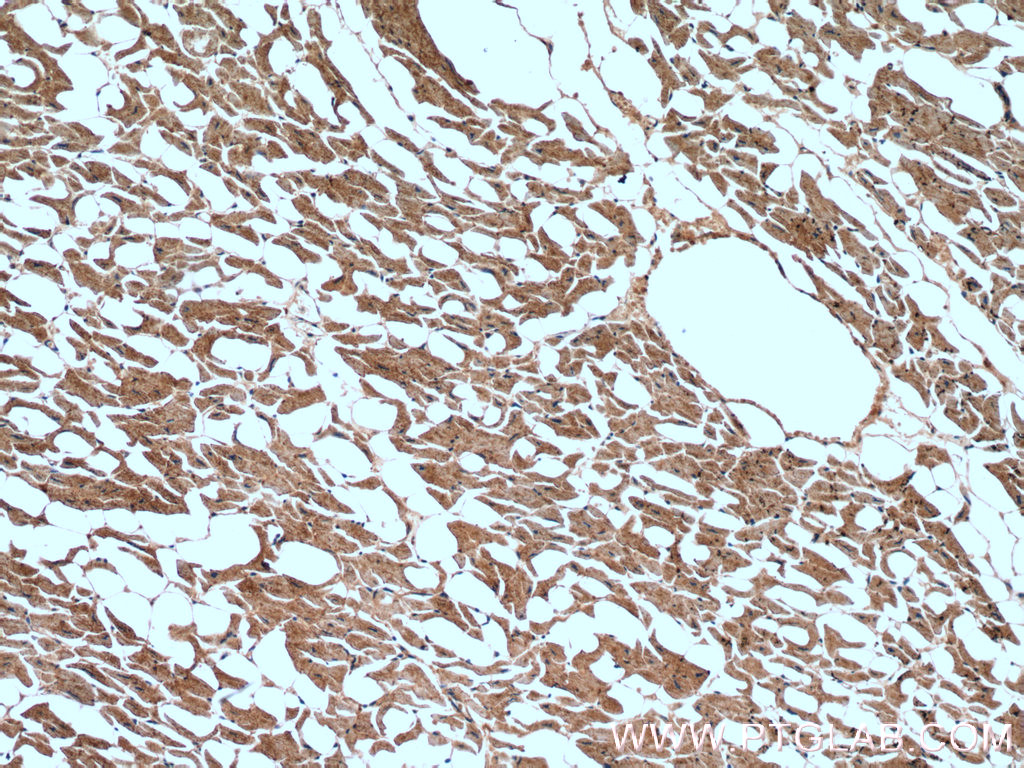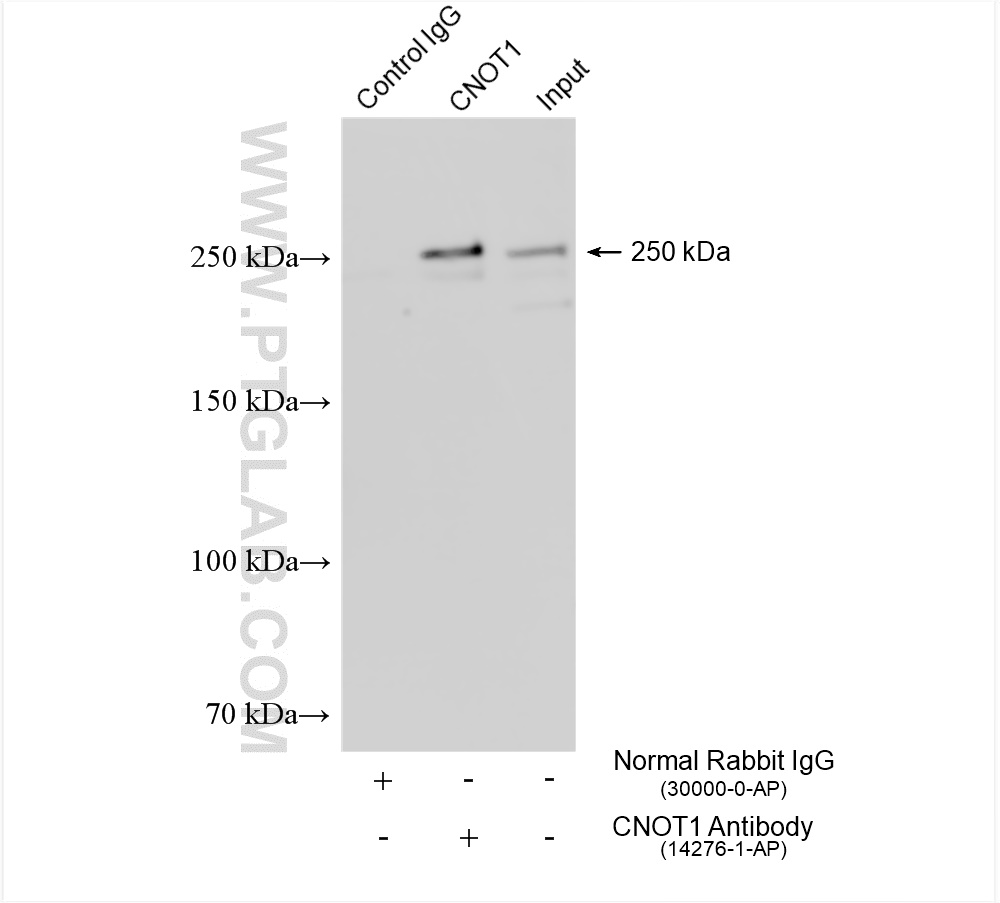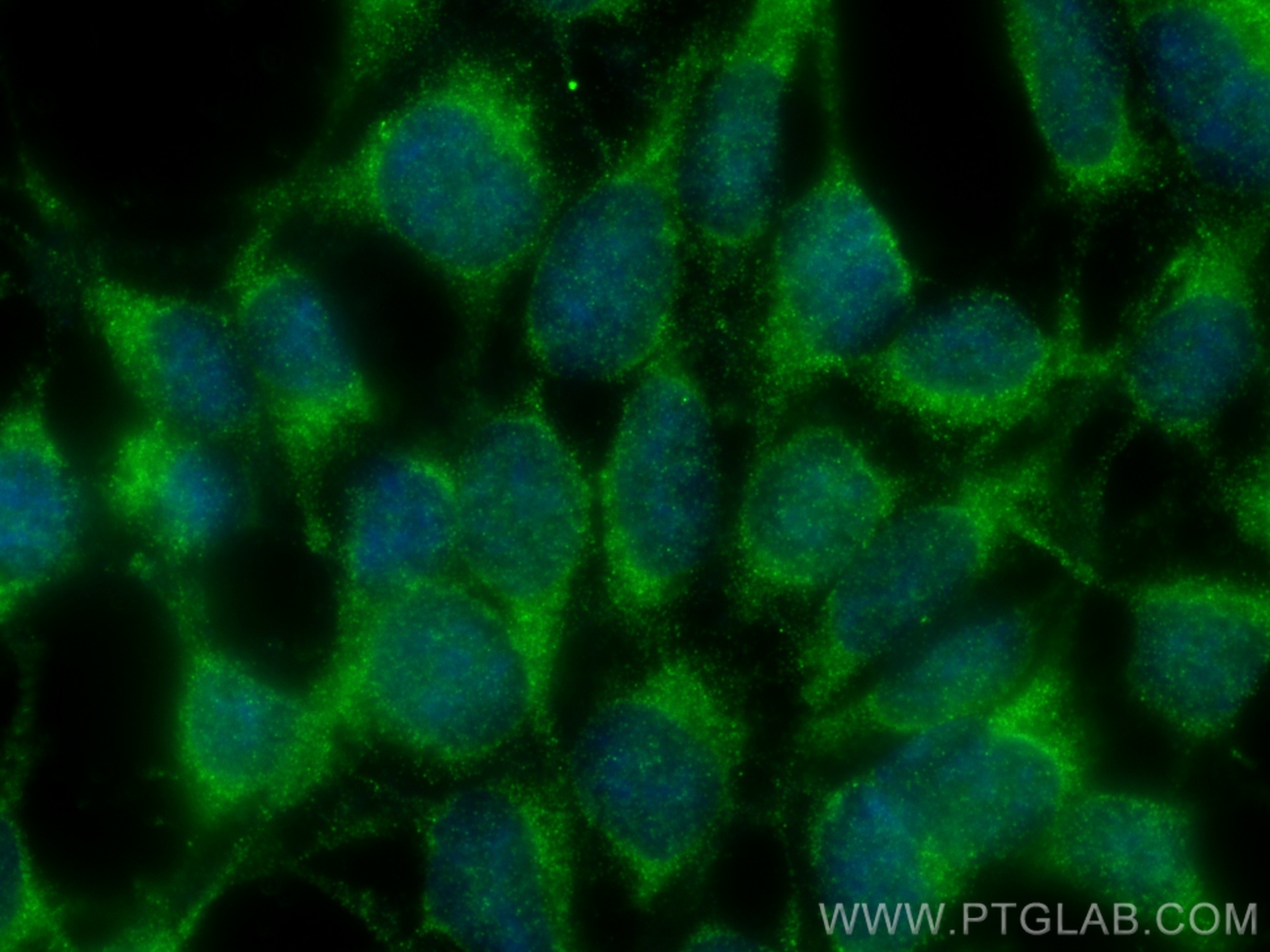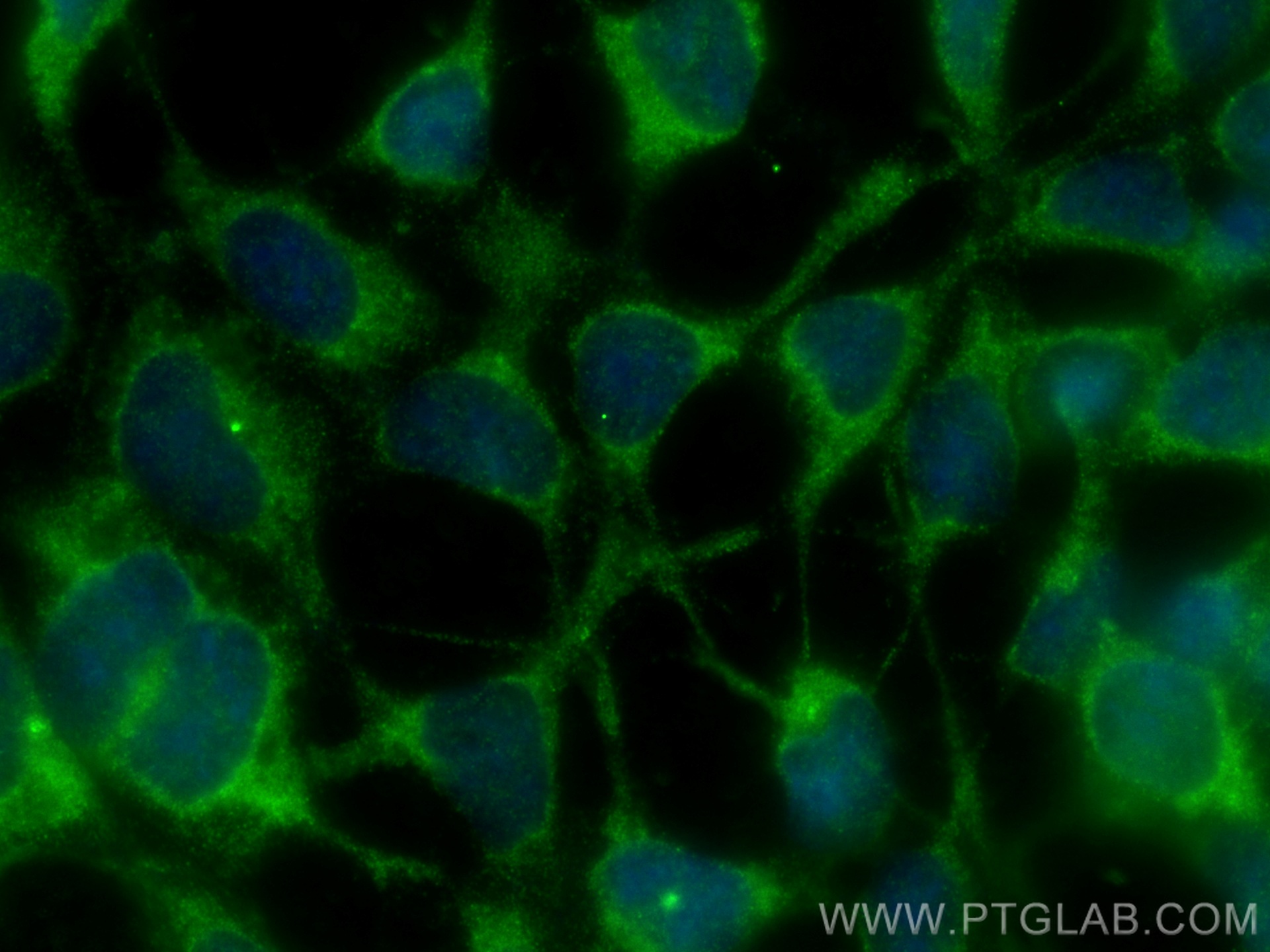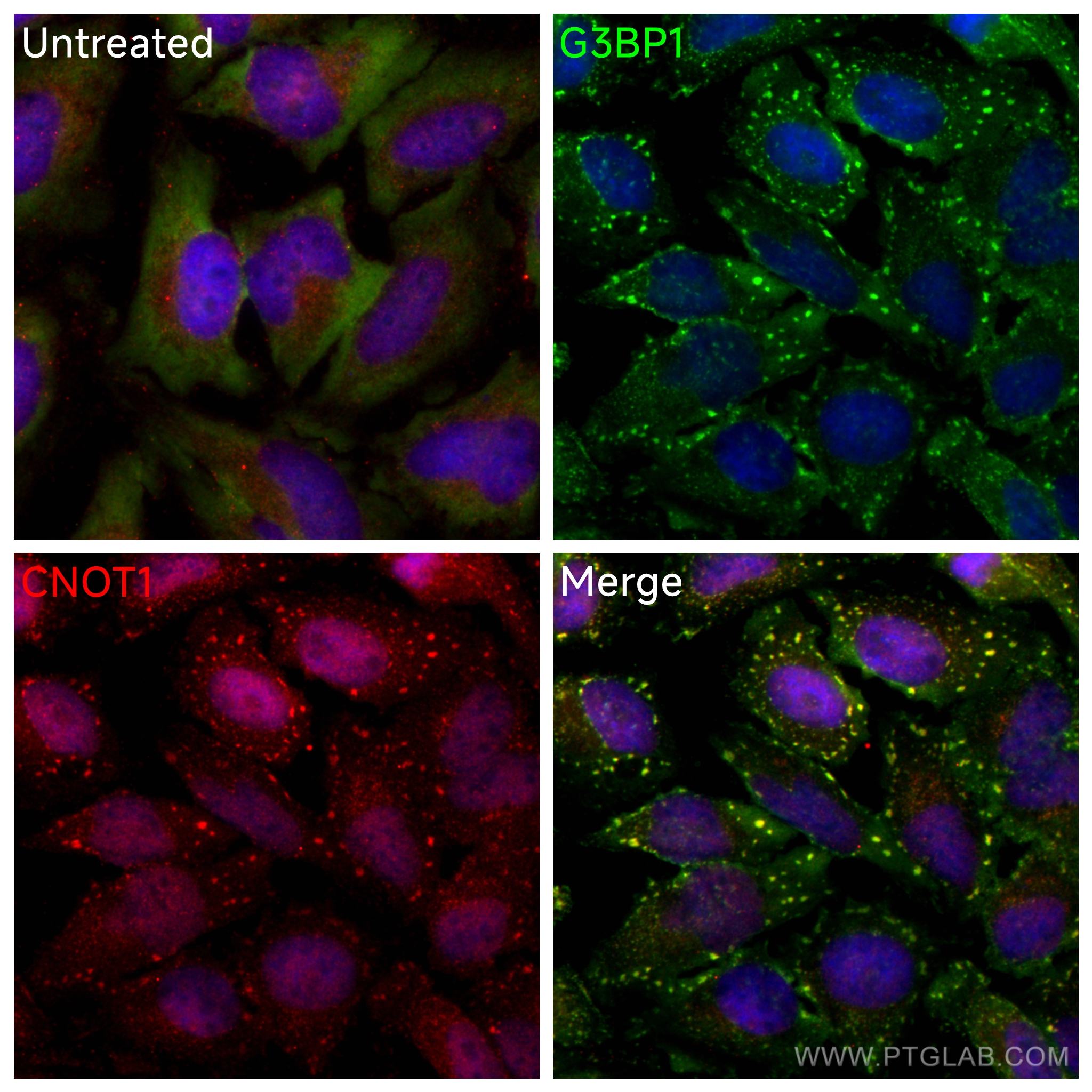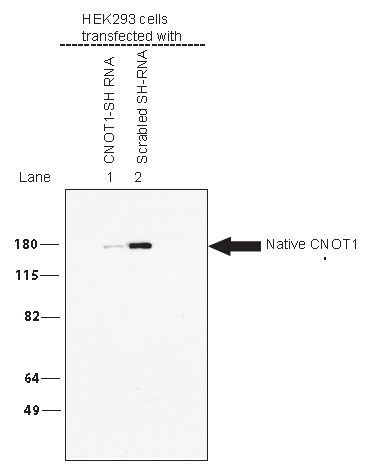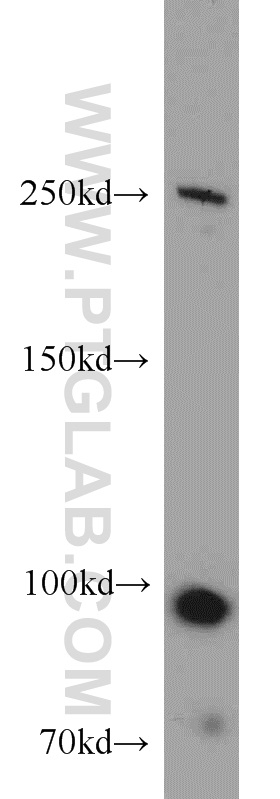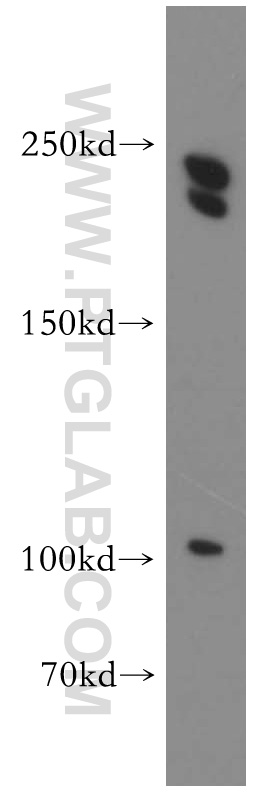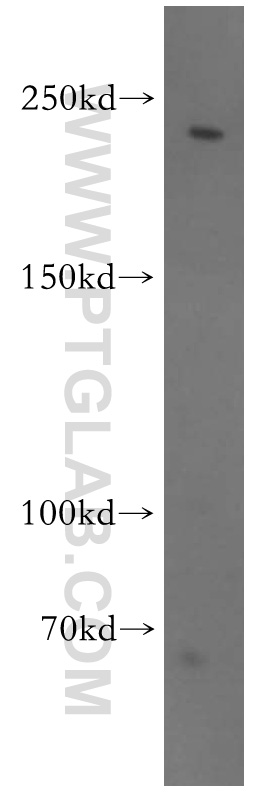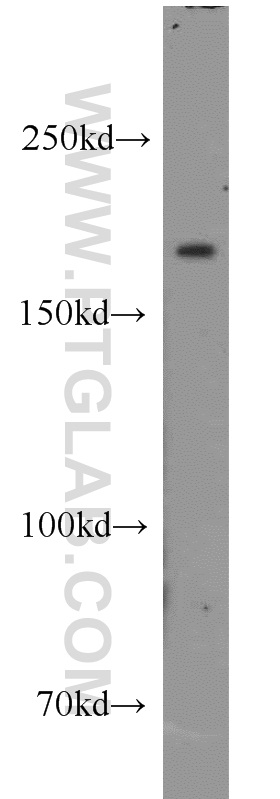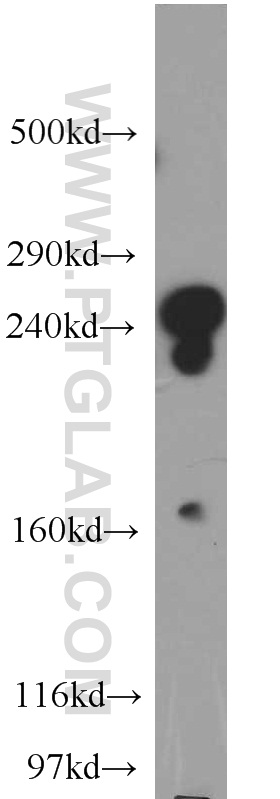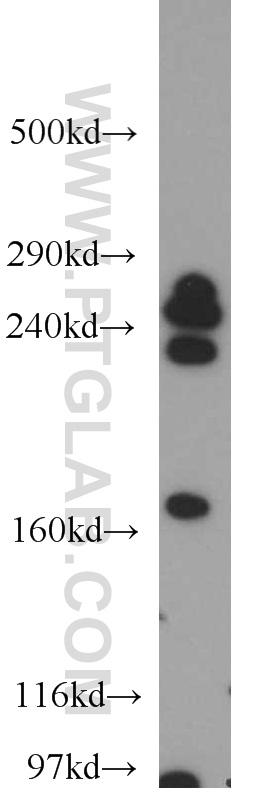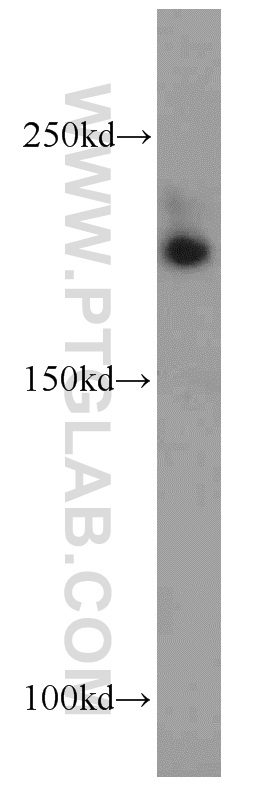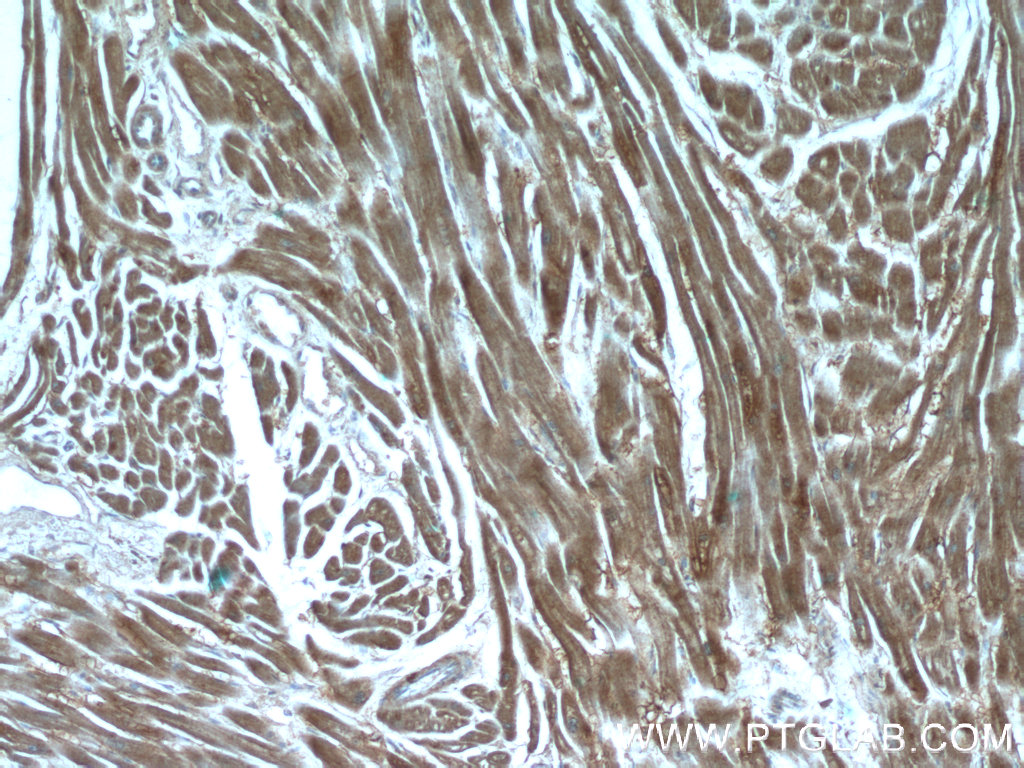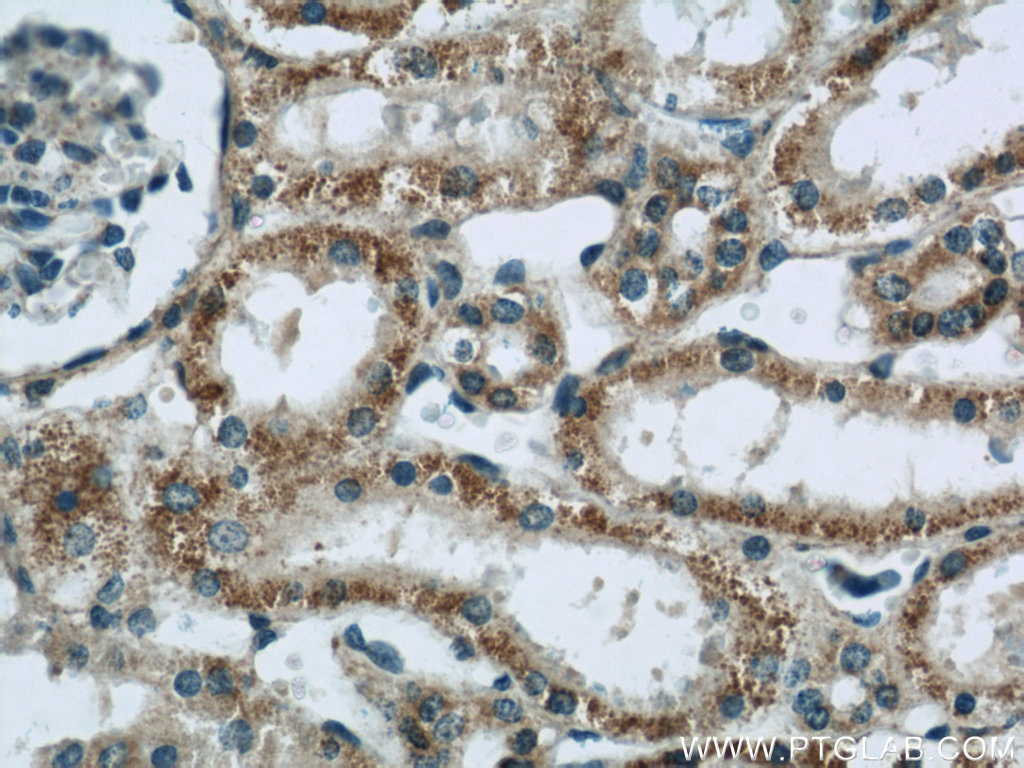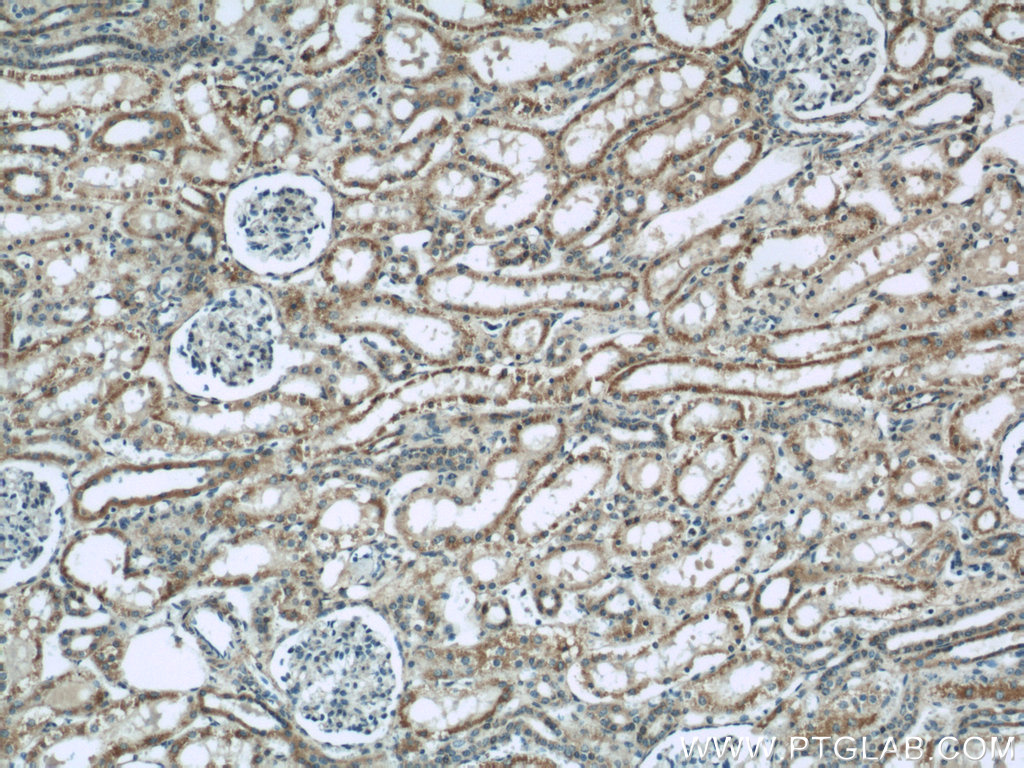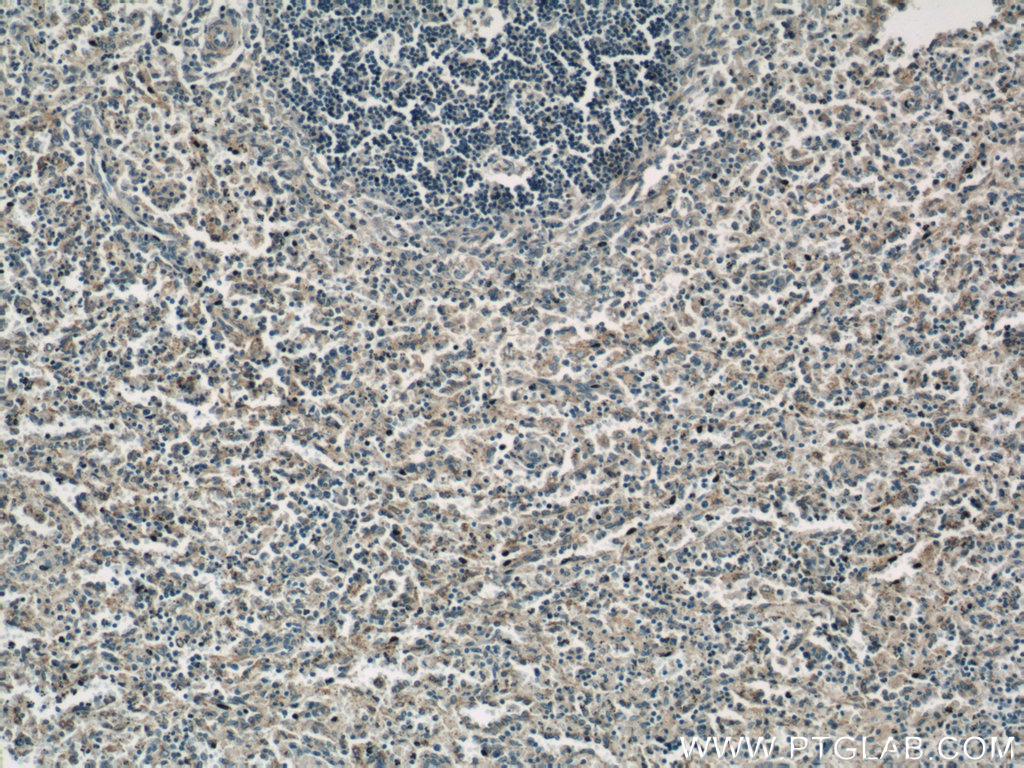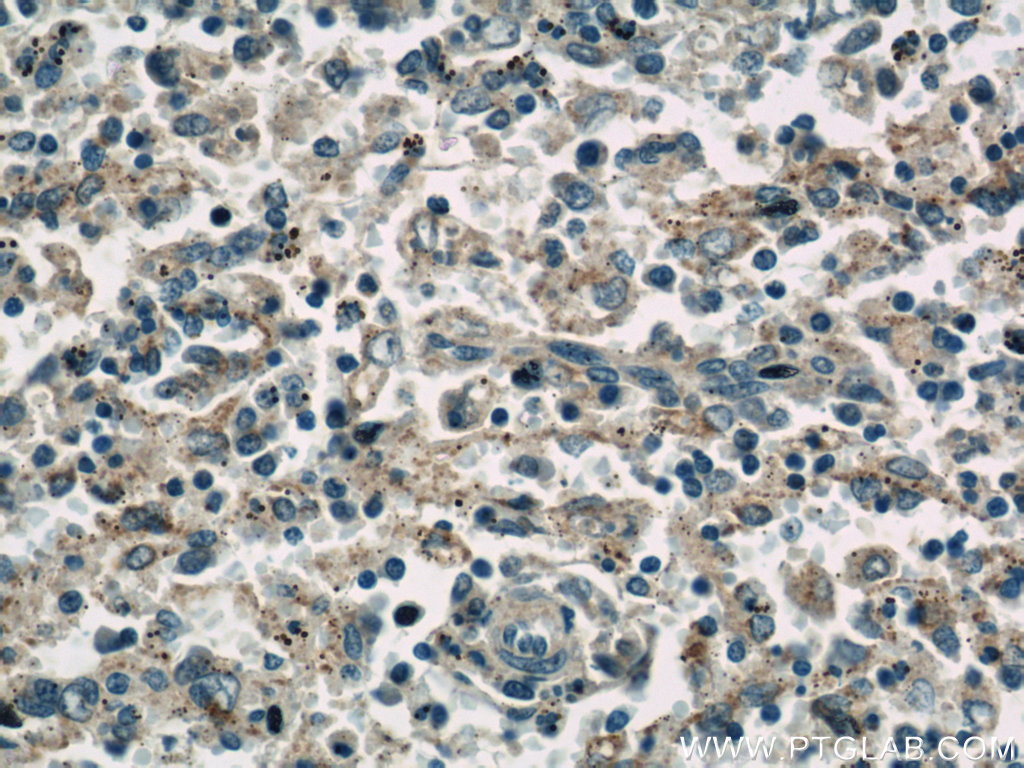验证数据展示
经过测试的应用
| Positive WB detected in | human brain tissue, HEK293 cells, mouse kidney tissue, mouse spleen tissue, mouse thymus tissue, HEK-293 cells, mouse brain tissue, mouse heart tissue, HeLa cells |
| Positive IP detected in | mouse kidney tissue, HeLa cells |
| Positive IHC detected in | human heart tissue, human spleen tissue, human kidney tissue Note: suggested antigen retrieval with TE buffer pH 9.0; (*) Alternatively, antigen retrieval may be performed with citrate buffer pH 6.0 |
| Positive IF/ICC detected in | HEK-293 cells, sodium arsenite treated HeLa cells |
推荐稀释比
| 应用 | 推荐稀释比 |
|---|---|
| Western Blot (WB) | WB : 1:500-1:1000 |
| Immunoprecipitation (IP) | IP : 0.5-4.0 ug for 1.0-3.0 mg of total protein lysate |
| Immunohistochemistry (IHC) | IHC : 1:50-1:500 |
| Immunofluorescence (IF)/ICC | IF/ICC : 1:50-1:500 |
| It is recommended that this reagent should be titrated in each testing system to obtain optimal results. | |
| Sample-dependent, Check data in validation data gallery. | |
产品信息
14276-1-AP targets CNOT1 in WB, IHC, IF/ICC, IP, CoIP, chIP, RIP, ELISA applications and shows reactivity with human, mouse, rat samples.
| 经测试应用 | WB, IHC, IF/ICC, IP, ELISA Application Description |
| 文献引用应用 | WB, IHC, IF, IP, CoIP, chIP, RIP |
| 经测试反应性 | human, mouse, rat |
| 文献引用反应性 | human, mouse, pig |
| 免疫原 |
CatNo: Ag5623 Product name: Recombinant human CNOT1 protein Source: e coli.-derived, T-HIS Tag: 6*His Domain: 1-354 aa of BC040523 Sequence: MNLDSLSLALSQISYLVDNLTKKNYRASQQEIQHIVNRHGPEADRHLLRCLFSHVDFSGDGKSSGKDFHQTQFLIQECALLITKPNFISTLSYAIDNPLHYQKSLKPAPHLFAQLSKVLKLSKVQEVIFGLALLNSSSSDLRGFAAQFIKQKLPDLLRSYIDADVSGNQEGGFQDIAIEVLHLLLSHLLFGQKGAFGVGQEQIDAFLKTLRRDFPQERCPVVLAPLLYPEKRDILMDRILPDSGGVAKTMMESSLADFMQEVGYGFCASIEECRNIIVQFGVREVTAAQVARVLGMMARTHSGLTDGIPLQSISAPGSGIWSDGKDKSDGAQAHTWNVEVLIDVLKELNPSLNF 种属同源性预测 |
| 宿主/亚型 | Rabbit / IgG |
| 抗体类别 | Polyclonal |
| 产品类型 | Antibody |
| 全称 | CCR4-NOT transcription complex, subunit 1 |
| 别名 | AD 005, AD-005, CCR4-associated factor 1, CCR4-NOT transcription complex subunit 1, CDC39 |
| 计算分子量 | 267 kDa |
| 观测分子量 | 240-250 kDa, 174 kDa |
| GenBank蛋白编号 | BC040523 |
| 基因名称 | CNOT1 |
| Gene ID (NCBI) | 23019 |
| RRID | AB_10888627 |
| 偶联类型 | Unconjugated |
| 形式 | Liquid |
| 纯化方式 | Antigen affinity purification |
| UNIPROT ID | A5YKK6 |
| 储存缓冲液 | PBS with 0.02% sodium azide and 50% glycerol, pH 7.3. |
| 储存条件 | Store at -20°C. Stable for one year after shipment. Aliquoting is unnecessary for -20oC storage. |
背景介绍
CNOT1 is a component of CCR4-NOT protein complex, which is a regulator of RNA polymerase II transcription, acts as a transcription repressor. CCR4-NOT complex could participate in transcription as well as mRNA degradation. It's highly expressed in brain, heart, thymus, but weak in skeletal muscle and colon. CNOT1 undergoes alternative splicing to produce four isoforms.This is a rabbit polyclonal antibody raised against part chain of C-terminal CNOT1 of human origin. CNOT1 exsits as many isoforms and molecular weight of isoforms are 267, 241 and 173 kDa.
实验方案
| Product Specific Protocols | |
|---|---|
| IF protocol for CNOT1 antibody 14276-1-AP | Download protocol |
| IHC protocol for CNOT1 antibody 14276-1-AP | Download protocol |
| IP protocol for CNOT1 antibody 14276-1-AP | Download protocol |
| WB protocol for CNOT1 antibody 14276-1-AP | Download protocol |
| Standard Protocols | |
|---|---|
| Click here to view our Standard Protocols |
发表文章
| Species | Application | Title |
|---|---|---|
Nature DND1 maintains germline stem cells via recruitment of the CCR4-NOT complex to target mRNAs. | ||
Cell Roquin promotes constitutive mRNA decay via a conserved class of stem-loop recognition motifs. | ||
Cell The Mammalian Ribo-interactome Reveals Ribosome Functional Diversity and Heterogeneity. | ||
Nat Cancer SULT1A1-dependent sulfonation of alkylators is a lineage-dependent vulnerability of liver cancers | ||
Mol Cell An Epstein-Barr virus protein interaction map reveals NLRP3 inflammasome evasion via MAVS UFMylation | ||
Mol Cell Mechanism of ribosome-associated mRNA degradation during tubulin autoregulation
|

